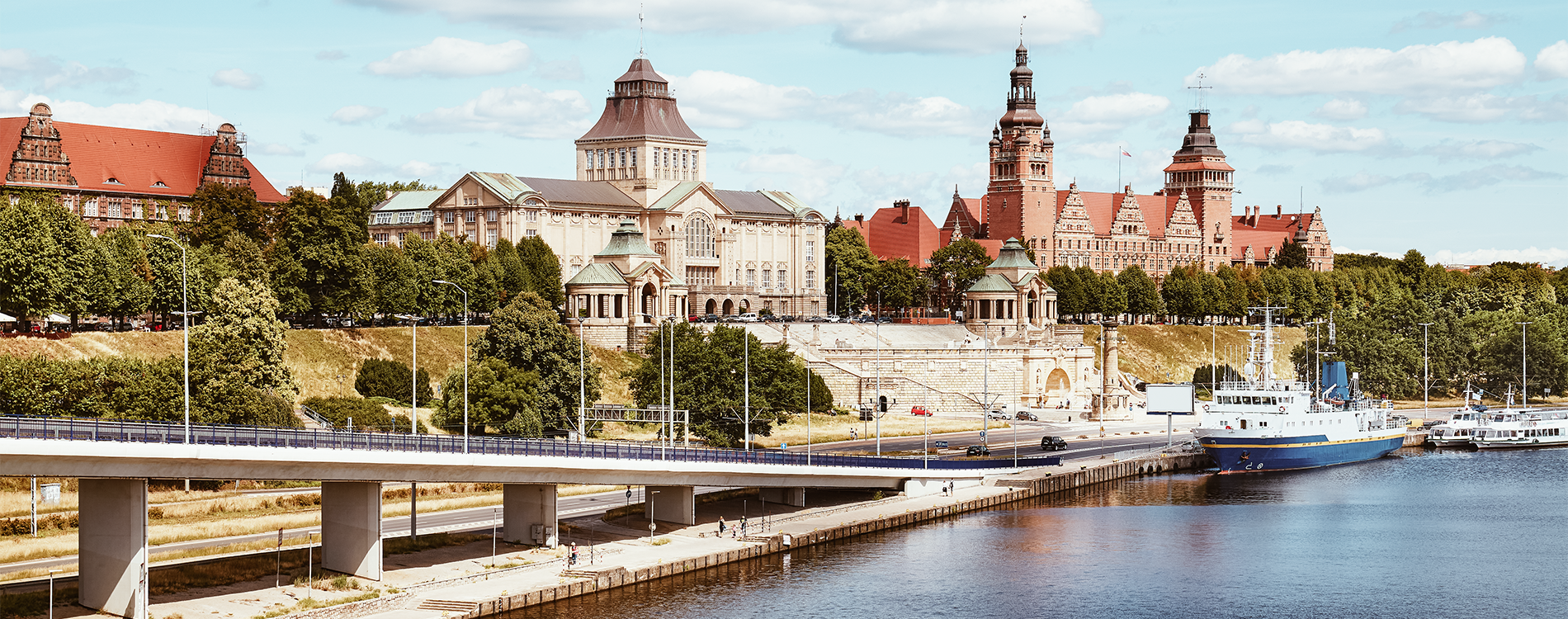Among the most common languages spoken in the world today, Indo-European tongues dominate. Due to colonization, war and migration, languages that could trace their roots to a proto-Eurasian tongue spoken more than 15,000 years ago evolved, expanded and overtook other tongues. For every English or Farsi speaker, there is one less Hawaiian or Esuma speaker in the world. While most Indo-European languages—of which there are 445—thrive today, some languages are facing extinction.
UNESCO has established five statuses for languages on the brink of extinction: “vulnerable,” “definitely endangered,” “severely endangered,” “critically endangered” and “extinct.” According to UNESCO, there are now 2,418 languages with one of the first four statutes, and 228 that are already extinct.
While covering all of them would be ideal, we’ll only focus on six in the Indo-European family that are in some level of danger.
Definitely endangered European languages
The term “definitely endangered” is used for languages that children no longer learn as their mother tongue at home.
Scottish Gaelic
Scottish Gaelic is spoken by the people of the Highlands and, despite its glorious origins, experienced much turmoil.


The Celts lived as autonomous clans, which made them loyal to ancient customs and traditions. In came King James I who, fearing a thirst for independence, squashed the clans and forced them to adopt English as their mother tongue. Further repressions by the English kings lead to the Highland Clearances in the 18th century and the infamous Jacobite revolution, which culminated in the brutal slaughter of more than a thousand Scots at the Battle of Culloden in the late 18th century. Scots were banned from wearing kilts, playing bagpipes and teaching Gaelic.
Yet despite these edicts, Scottish Gaelic lived on, although it’s only spoken by about 50,000 people in Scotland today. A fierce pride in Scottish arts and customs, thanks to Americans of Scottish descent, steadfast locals and the show “Outlander,” means Scottish customs have returned including Scottish Gaelic, which has been recognized as one of the country’s national languages in 2005.
Mòcheno
Mòcheno is an Austro-Bavarian Germanic language spoken in the province of Trento, in the northeast of Italy. Originally from southern Germany, the Mòcheno people migrated to the Fersina Valley for mining work during the Middle Ages.
At the foot of the Fiemme Alps lie the municipalities of Fierozzo, Frassilongo and Palù del Fersina where Mòcheno is still spoken, albeit by only 2,270 people. Mòchene merchants, called “cromeri,” played an important role in preserving the German language in their community, which was essential for trade with the Austro-Hungarian Empire.


Despite a desire to stick to old ways, Mòcheno couldn’t combat mixed marriages and the Italinization of their culture, especially after the fall of the Reich, when families, who had migrated to Germany to get citizenship and land, were forced to return to Trentino as traitors. These Mòchene stopped teaching their children the language to avoid prejudice.
The vitality of the Mòcheno language has been revived thanks to the development of tourism and the creation of the Mòcheno-Cimbrian Cultural Institute to preserve and promote the language.
Severely endangered European languages
The status “severely endangered” refers to languages that are spoken by grandparents, and that parents can understand but do not speak with each other or with their children.
Norman
Spoken in Normandy, Norman is an Oïl language, which stems from Old French used in the Middle Ages. Originally derived from Latin, Norman is a mixture of Viking and Anglo-Saxon words, due to Scandinavian influence and the Norman conquest of England by William of Orange. William established Norman as the official language of England. This lasted until the 14th century when Middle English took over.
The influence of English changed the language into an Anglo-Norman hybrid and the French revolution further diminished its influence as French became the language of choice. Today, only about 20,000 people out of the 3 million inhabitants of the region of Normandy speak Norman.


Thankfully, the Conseil Scientifique et Culturel des Parlers Normands (Scientific and Cultural Council for Norman Languages) was created in 2019 to preserve and promote Norman. Some of the new initiatives include a university diploma in Norman studies, the opening of “Norman cafés,” and a library dedicated to the language.
Kashubian
Kashubian is a Slavic language from Poland that is mainly spoken in Pomerania in the northeast. While 100,000 people know the language, only 53,000 of them use it regularly.
Over the years and through both World Wars, the Kashubians had to battle indoctrination by the Kulturkampf and the Polish government. The Communists stifled any learning or teaching of the language, which led to three generations of Kashubians having varying abilities to read, speak or write it. Eventually, the majority of Kashubians only spoke Polish.
Today, Kashubian is taught in schools as a second language to ensure its preservation.

Critically endangered European languages
The term “critically endangered” is used for languages whose youngest speakers are the elderly, who speak it infrequently.
Tsakonian
Dating back to ancient Sparta, Tsakonian is one of the oldest Hellenic languages in Greece and is spoken by about 2,000 people in Toskania, a group of villages in the east of the Peloponnese. The language declined due to migration, especially in the northern mountain villages of Kastanitsa and Sitna where many locals only return in summer.
The year-round population is elderly. Couple that with the perception that it’s for the peasants, and you understand its decline. Tsakionian has mostly been a spoken language rather than a written one due to its phonetics being difficult to transcribe.
Unfortunately, the future doesn’t look bright for Tsakonian due to the lack of teachers and a written version of the language.

Cornish
As the name suggests, Cornish is from Cornwall in the southwest of England. A Celtic language that became extinct in the 18th Century, Cornish came back in the 20th century thanks to a growing interest in Celtic culture. It is now recognized as an official minority language.
The history of the Cornish people is marked by rebellions to protect their independence. Their customs, language and community are very different from the rest of England, resulting in a distinct identity.
But despite these efforts, massive colonization pushed the Celts to migrate further west. Enter the Anglican Church, who imposed mandatory English on the Cornish as part of their assimilation process.
Nowadays, Cornish is taught in elementary school and financial aid is allocated by the English government to develop educational programs for future generations.


